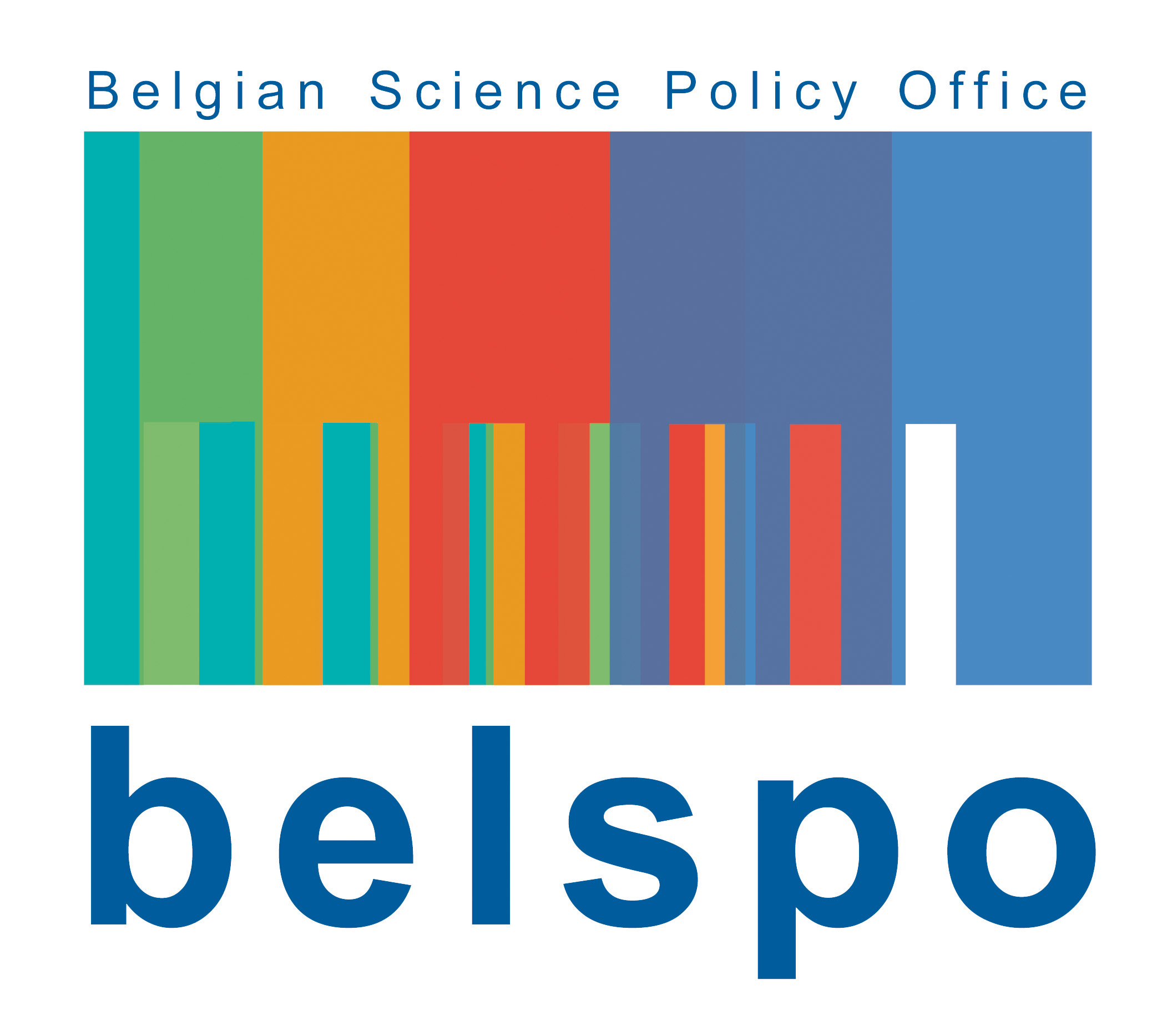Work package 2: Protein engineering and protein-ligand interactions (Partners: P1, P2, P3, P4)
Creating or improving properties of proteins by genetic engineering is a powerful strategy for deciphering structure-function relationships and for testing mechanistic hypothesis of molecular evolution. The effects of peptide insertions and deletions (indels) on the structure and function of proteins have not been investigated thoroughly.
The first aim of this task will be to engineer functionality in enzymes by small and large insertions with the applied objective of creating new molecular tools and the fundamental objective of better evaluating the evolutive potential of insertional mutagenesis.
Secondly, we will dedicate our efforts to the study of protein domains involved in the binding and translocation of metal ion through a membrane or in signal transduction.
Domain insertions can have structural and functional effects on the scaffold protein and on the inserted domain itself. In particular, we studied the impact of inserting the chitin-binding domain (ChBD) of the human macrophage chitotriosidase into BlaP, a class A β-lactamase [7]. The chimeric protein (BlaPCHBD) retained both the β-lactamase activity and the ability to bind to chitin.
Our objectives will be to determine the structure of the ChBD domain and to modify its binding properties to other polysaccharides.
Small peptide insertions may play a role in the emergence of new protein functions during natural evolution. For example, the active site of class A β-lactamases is flanked by an essential omega loop that is six residue longer than the corresponding loop in the phylogenetically closest family of PBP-A, a family of Penicillin Binding Proteins [8].
We have previously shown that the very weak β-lactamase activity of PBP-A could be improved by 100 fold by a single mutation in this loop. Although the active site of this mutant is quasi superimposable to the active site of TEM-1 β-lactamase, it is still 10,000 fold less active than a beta-lactamase [9].
The project will try to answer two complementary questions. (i) Could we evolve more efficient β-lactamases by lengthening the loop in PBP-A? (ii) Could we maintain an efficient activity in a class A beta-lactamase by shortening its omega loop?
Heavy metal p-Type ATPases (HMA) provide cellular metal tolerance through metal transport both in prokaryotes and eukaryotes [10]. However, if monovalent (mostly copper)-transporting HMAs are found in all organisms from bacteria to human, the distribution of divalent cation-transporting HMAs is limited to bacteria and plants. Compared to their prokaryotic homologues, many plant metal transporters have acquired additional cytoplasmic domains [11] . These domains might be involved in metal binding, metal sensing and/or regulation of the protein activity. The
Arabidopsis halleri HMA4 acts as a plasmamembrane-localized pump loading zinc and cadmium into the xylem and was shown to be essential in determining the metal tolerance and metal hyperaccumulation phenotype of
A. halleri [12, 13]. The molecular determinants of transport specificity of the HMA4 protein remain largely unknown [13, 14, 15]. In this task, biochemical approaches will be used to evaluate metal-binding properties of
A. halleri HMA4 and structural changes occurring upon binding with zinc and/or cadmium.
Signal transduction is the process by which an extracellular signalling molecule activates a cell-surface membrane receptor that in turn launches an amplified internal signal that alters the behaviour of the target cell.
These receptors act as signal transducers. Their molecular architecture can be divided in three domains: the sensor localized outside the cell, which specifically recognized a signalling molecule, the transducer, which contains the transmembrane segments (TMSs) of the receptor, and the cytoplasmic amplifier.
This latter is in turn activated by the extracellular signal transduced via the TMSs and launches a secondary signal through the cytoplasm.
In several bacteria, the synthesis of one or several β-lactamase(s) is the main factor of β-lactam antibiotic resistance and is induced by the presence of the antibiotic.
As β-lactam does not significantly cross the cytoplasmic membrane, bacteria with inducible β-lactamase have a mechanism that signals the presence of the antibiotic outside the cell.
The
Bacillus licheniformis BlaR1 penicillin receptor is our working model for signal transduction [16]. It is composed of two domains, an amino-terminal domain (BlaR-NTD, 1-339 residues) anchored into the cytoplasmic membrane by four TMSs and a carboxy-terminal domain (BlaR-CTD, 340-601 residues), exposed outside the cell.
The first step of the signal transduction is the acylation of BlaR-CTD by the β-lactam antibiotic outside the cell.
The acylation of this sensor domain causes a modification of the interaction between BlaR-CTD and BlaR-NTD and gives rise to the activation of the large BlaR-NTD cytoplasmic loop via a postulated conformational change of the four TMSs.
The activated loop would launch a cytoplasmic signal whose target is DNA-binding protein acting as a repressor.
The aim of the project is to elucidate the mechanism of signal transduction by combining different approaches: in silico modelling of the TMSs, site-directed mutagenesis, Fourier Transform Infrared Spectroscopy of the reconstituted receptor in liposomes and X-ray crystallography.
Bibliography
[7] Vandevenne, M. et al., (2007), Protein Science, 16, 2260–2271.
[8] Urbach, C. et al,(2008), J Biol Chem. 283, 32516-26.
[9] Urbach, C. et al., (2009), J Mol Biol. 386, 109-20.
[10] Williams, L.E., and Mills, R.F. (2005), Trends Plant Sci 10, 491-502
[11] Chan, V. et al., (2010), J Mol Microbiol Biotechnol 19, 5-104.
[12] Hussain, D. et al., (2004), Plant Cell 16, 1327-1339
[13] Hanikenne, M. et al., (2008), Nature 453, 391-395
[14] Talke, I.N. et al., (2006), Plant Physiol 142, 148-167
[15] Wong, C.K.E., and Cobbett, C.S. (2009), New Phytol 181, 71-78
[16] Fuda, C.C. et al., (2005), Cell Mol Life Sci 62, 2617-33
For more details, go to
the detailed WP2 project
Go to WP1
Go to WP3
Go to WP4
Go to WP5
Go to WP6

